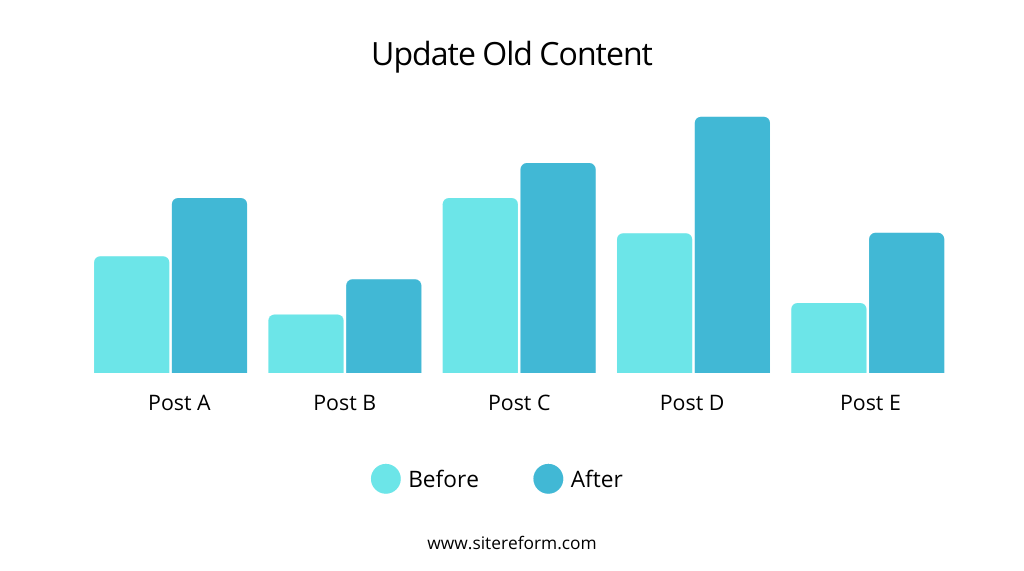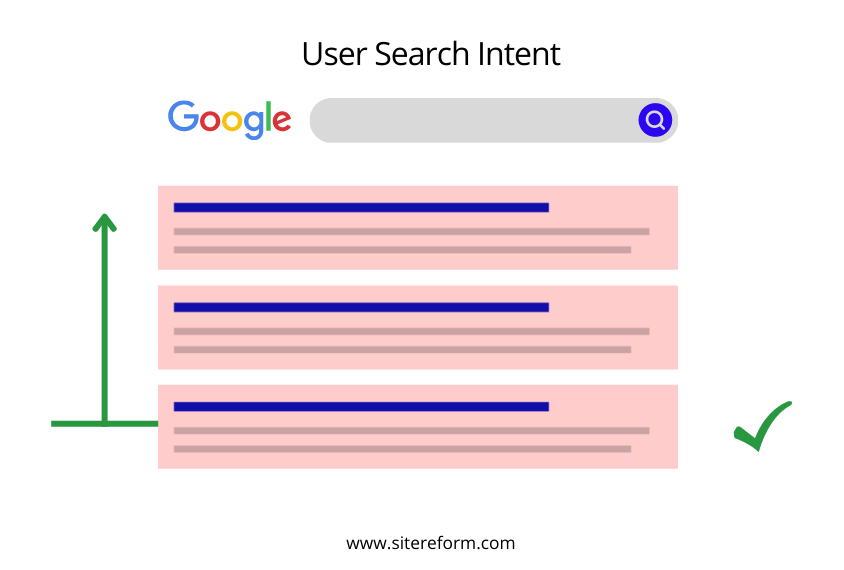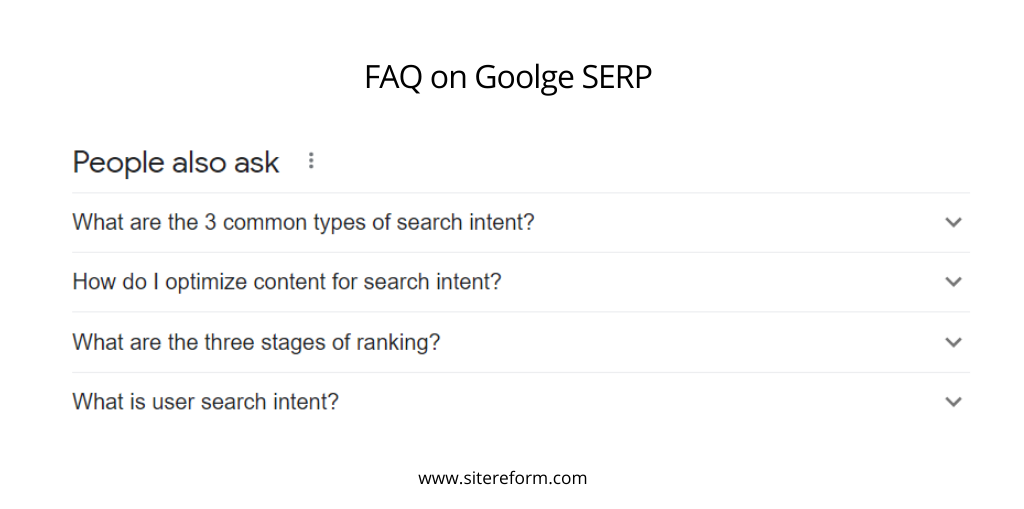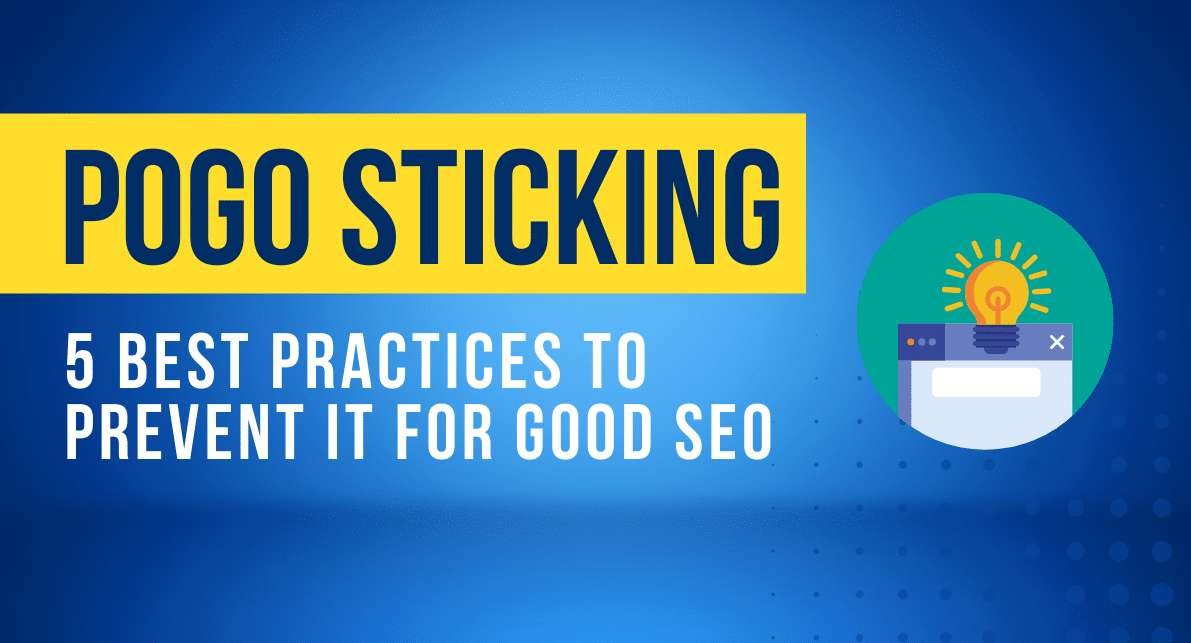There is a common misconception that bounce rate and pogo-sticking are the same.
To understand pogo-sticking, we must know the difference between bounce rate and pogo-sticking.
Table of Contents
Pogo Sticking vs Bounce Rate

What is the bounce rate?
The bounce rate is the percentage of visitors who exit after viewing only one page. Bounce rate can be influenced by many factors, including the time visitors spend on a site and how long they stay there.
You can check the bounce rate of your website in Google Analytics.
Having a high bounce rate is not always bad since it could simply mean that the visitor did not go much deeper into your site because he got what he was looking for.
What Is Pogo Sticking?
Pogo sticking happens when users visit several search results before finding the one that best matches their search query.
For example, let’s assume you search on Google for “Image optimization” in Google.
After clicking on the first result, you find it is not what you were looking for.
Hence, you click the back button on the search results to find the one that matches what you’re looking for
Basically, you’re “Pogo sticking.”

Unlike bounce rate, pogo-sticking implies direct dissatisfaction with the search result.
Suppose hundreds of users do pogo-sticking after clicking the first result. In that case, Google feels that the content of the first result does not provide a good user experience.
Why Is Pogo sticking Dangerous for SEO?
Pogo sticking is dangerous for your website SEO because:
- Pogo sticking is a powerful indication that users are unhappy with your content.
- If users do pogo stick when your content cannot answer search queries.
- Search Engine hates Pogo sticking more than bounce rate, so it’s more dangerous.
Reasons for Pogo-Sticking

There can be a variety of reasons for pogo-sticking. Both content and technical aspects need to be considered.
Dissatisfaction with content
Dissatisfaction with content can happen due to the following:
- Outdated content – outdated content is the content you have on your website that is not relevant to your target audience anymore.
- Spammy content – spammy content is when a website or blog has an excessive amount of content that does not add value to the user.
- Grammar and spelling mistakes – when it comes to grammar and spelling mistakes in blog content, you first need to make sure you are using correct grammar. This will help people understand what you are trying to say and increase your credibility as a writer.
Poor user experience
We usually see that a website has a fantastic design, but when it comes to using them, the experience is horrible.
The site looks great and feels smooth when you first visit, but as soon as you try to do something, your experience will turn into a nightmare.
Here are some reasons why this happens when:
- The design of the website isn’t well-planned
- Navigation on the website doesn’t make sense
- The use of images on the web page isn’t relevant
- There’s no clear call to action
- Video automatically plays when the user doesn’t want it
Slow page loading time
Page loading time is the time it takes for a page to load on a web browser. This means the user must wait before seeing the content on the screen.

It is usually measured in milliseconds or even seconds. If you have a slow page loading time, it will be very frustrating for the users to visit your site and get information about your products and services.
Best Practices to Prevent Pogo Sticking

Here is a list of best practices you should follow to prevent the pogo-sticking:
1. Add Internal Links
Internal links are the types of links placed within your website to help readers move around within your site. It is a great way to prevent pogo-sticking.

Internal links take visitors from one page to another, and you can use them to direct traffic from one part of your site to another. This link is helpful because it leads readers directly to where they want to go, which helps with search engine optimization.
2. Update Old Content

If your website does not have updated content, there is no reason for the user to stay on your site.
You need to update your content regularly. Otherwise, you will lose the chance of gaining organic traffic from Google. Ensure you have an accurate, complete, and up-to-date website with the best user experience.
Having your content updated has many benefits:
- It Improves your click-through rate – A higher click-through rate means more people click on your content in SERP and turn into readers.
- High-quality, engaging, and relevant content is easy to read and understand.
- Indicates to Google that your content is fresh.
3. Content Should Match User Search Intent
Search intent is a key element of Pogo Sticking. Users who get the required information from your content will stay on your website longer.

High-quality content will match the user’s intent, and it helps find relevant results for users. It makes your content stand out on the search engine results page because Google feels that your content is in-depth and well written.
Therefore, when writing articles or blog posts, try to be as specific to the search intent as possible.
4. Add FAQs
Adding Frequently Asked Questions(FAQs) to your blog post will help people who want to know more about a particular topic.
When people read an article, they may get confused about certain terms if they do not know what it means. Therefore, adding FAQs is always recommended to avoid this type of problem.

You can explore question-and-answer sites like Quora to find FAQs relevant to your content niche.
5. Don’t Interrupt the User While Reading Content
If you’re making a call to action, don’t make it so intrusive that they can’t read the rest of your content.
If this happens, the user will pogo stick, and you’ll lose traffic.
- Video autoplay should be avoided
- Make sure you don’t show too many ads
- Send fewer pop-ups
Recommended Tutorials for Further Reading:
FAQs about Pogo Sticking
How does user experience impact SEO ranking?
User experience is the ranking factor that directly impacts search engine rankings. User experience is how users interact with your website and their expectations of what they should get out of it.
So, if you want to improve user experience, you need to optimize your website for a better user experience. You can do this by creating high-quality content that answers all questions in the visitor’s mind and makes sure everything on your site is optimized for speed and usability.
What is the organic click-through rate (CTR)?
The organic click-through rate is the percentage of searchers that click on a search engine result. Organic CTR depends on the title tag, description, URL, and presence of Rich Snippets.
To improve your Organic CTR, you should:
1. Make sure you have an optimized title tag and description
2. Use short URLs as much as possible
3. Ensure Rich Snippets are present.



